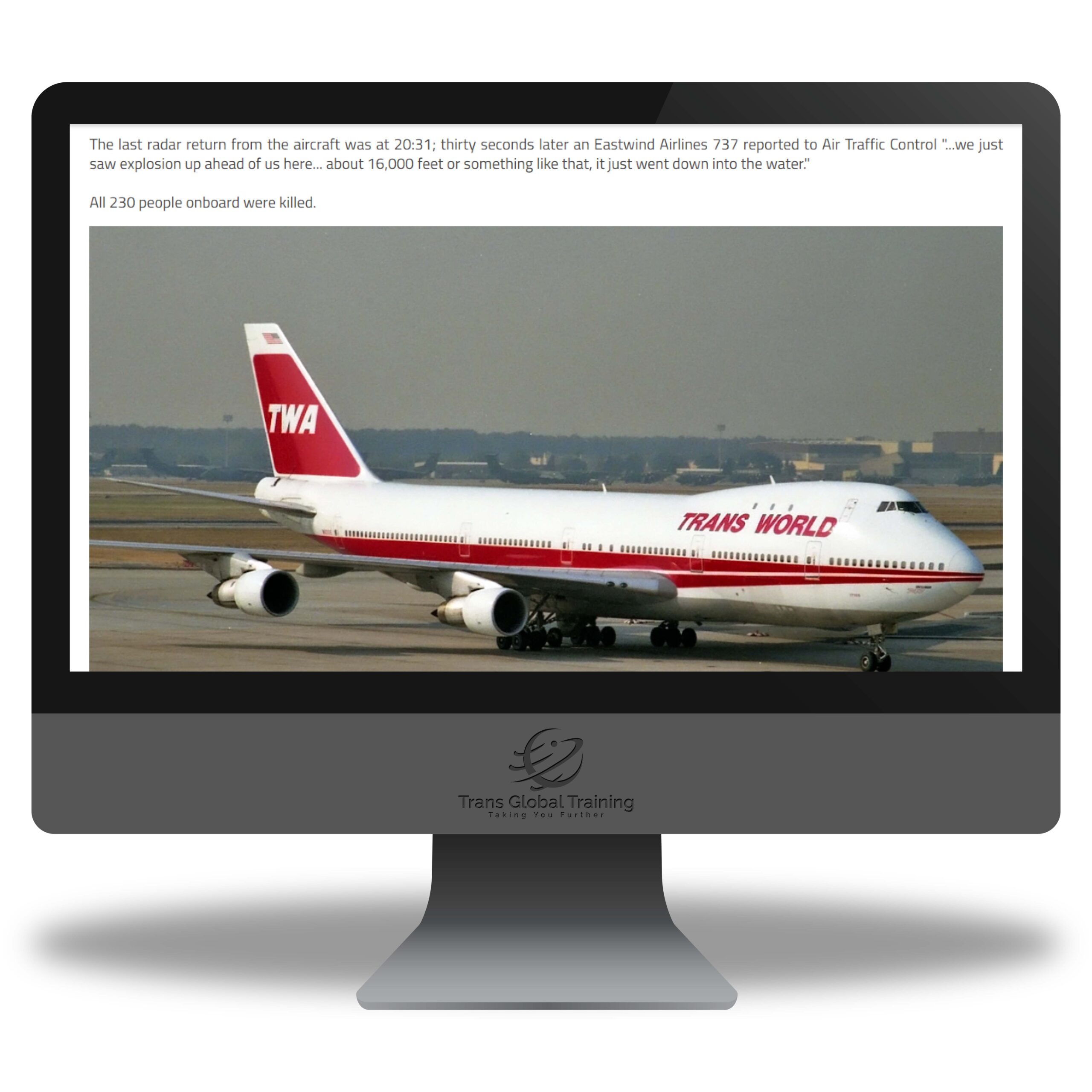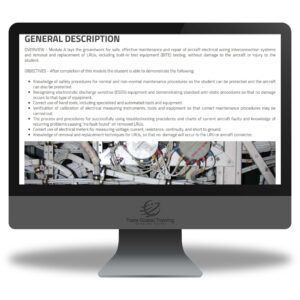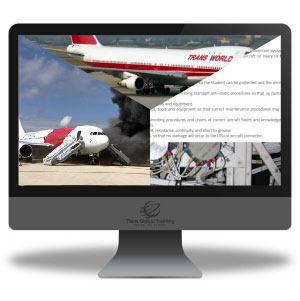
Shop
Fuel Tank Safety – Phase 1 & 2 – Initial
£55.00

FUEL TANK SAFETY INITIAL COURSE
ABOUT
This online course is designed to equip students to account for the everyday challenges posed by the Fuel Tank Safety issues ensuring continued airworthiness of aircraft as per EASA ED 2009/007/R issued in March 2009 and FAA AC 120-97A regulations
More Information
As engineers ourselves, we wanted to make the mandatory Fuel Tank Safety more interesting and relevant than older courses. If a course is interesting and informative then study becomes more enjoyable and less of an effort. Our FTS course incorporates up to date incidents and accidents which have occurred this year which are relevant to aircraft engineers as opposed to the more traditional courses that focus on events from 30+ years ago.
Click on the DESCRIPTION below for course syllabus and more details
Description
FUEL TANK SAFETY INITIAL PHASE 1&2 SYLLABUS
Phase 1 – Awareness
The student will be made aware of the basic elements of the fuel tank safety issues through descriptions of the historical background and the elements requiring safety consideration.
Be able to use typical terms.
Phase 2
The course includes
- a short background showing examples of FTS accidents and incidents
- the description of concept of fuel tank safety and CDCCL
- examples of manufacturers documents showing CDCCL items
- typical examples of FTS defects,
- examples of TC holders repair data
- examples of maintenance instructions for inspection
The student will, after the completion of the training:
- Have knowledge of the history of events related to fuel tank safety issues and the theoretical and practical elements of the subject
- Have an overview of the FAA regulations known as SFAR (Special FAR) 88 of the FAA and EASA
- Be able to give a detailed description of the concept of fuel tank system ALI (including Critical Design Configuration Control Limitations CDCCL
- Have the capacity to combine and apply the separate elements of knowledge in a logical and comprehensive manner
- Have knowledge on how the above items affect the aircraft
- Be able to identify the components or parts or the aircraft subject to FTS from the manufacturer’s documentation
- Be able to plan the action or apply a Service Bulletin and an Airworthiness Directive
- Have an understanding of the background and the concept of fuel tank safety
- Understand how technicians can recognise, interpret and handle the improvements in the instructions for continuing airworthiness that have been made or are being made regarding fuel tank systems
- Have an awareness of any hazards especially when working on the fuel system, and when the Flammability Reduction System using nitrogen is installed.
- Understand the theoretical background behind the risk of fuel tank safety: the explosions of mixtures of fuel and air, the behaviour of those mixtures in an aviation environment, the effects of temperature and pressure, energy needed for ignition etc, the ‘fire triangle’
The student will be introduced to;
- 2 concepts to prevent explosions:
- ignition source prevention
- flammability reduction
- Understand the major accidents related to fuel tank systems, the accident investigations and their conclusions
- Understand SFAR 88 of the FAA and JAA Interim Policy INT POL 25/12: ignition prevention program initiatives and goals, to identify unsafe conditions and to correct them, to systematically improve fuel tank maintenance),
- Understand the concepts that are being used: the results of SFAR 88 of the FAA and JAA INT/POL 25/12: modifications, airworthiness limitations items and CDCCL
- Understand how relevant information can be found and how to use and interpret this information in the various instructions for continuing airworthiness (aircraft maintenance manuals, component maintenance manuals…),
- Fuel Tank Safety during maintenance: fuel tank entry and exit procedures, clean working environment, what is meant by configuration control, wire separation, bonding of components etc,
- Flammability reduction systems when installed: reason for their presence, their effects, the hazards of a Flammability Reduction System (FRS) using nitrogen for maintenance, safety precautions in maintenance/working with an FRS
- Recording maintenance actions, recording measures and results of inspections.



